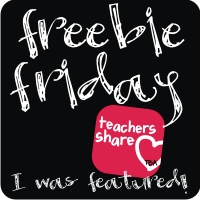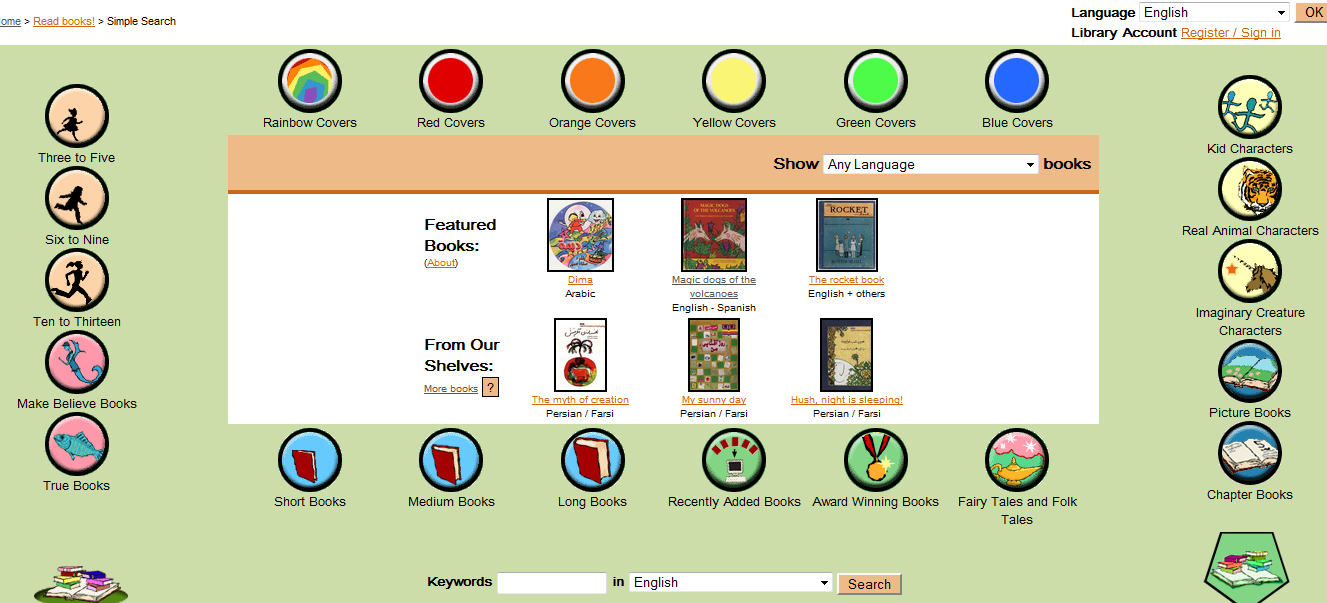This post is linked with Kacey at Doodle Bugs Teaching.
Poetry can be used with even the youngest of children. Nursery rhymes and other simple rhymes are perfect to use with young children. I use them with my own daughter and kindergarten students to help them with rhyming. Just listening to the poems and rhyming together helps them out so much!
I also use simple poems with my kindergarteners to work on concept of word. I use nursery rhymes and simple songs to help them know where words are in print. We progress throughout the year as we read poems. Here are some examples of things we do with the poems.
| Using stickers to mark words |
| Finding words in the poems |
Using poetry with beginning readers is always fun! We use the poems as repeated readings to help with fluency. I use one poem throughout the week with the students to help with fluency practice. We also work through other activities as well, such as locating sight words or other words they need to know. We continue to work with rhyming words as beginning readers too.
Em from Curious Firsties has a great post on using poems for repeated readings. You can read her post by clicking {here}.
As children progress as readers, so do their needs as readers. Poetry lends itself well for helping students with important reading skills. Once students are more fluent as readers and have the basics for reading, they need to hone in on important skills. At this stage, students really need more work on prosody, the rhythm of speech. We really have fun with this as we highlight punctuation marks and other types of print to help them focus on HOW to read the words and phrases. I posted about this in February, and you can read this post {here}.
Of course, once students become competent readers, they work with poetry in different ways. Once students are familiar with the ins and outs of poetry, they can begin to work with comprehension. Students in third grade and beyond can work on reading poetry and thinking about what happens in the poem. Sometimes poems can be tricky, but if you start out with poems they know, like nursery rhymes {yes, nursery rhymes with older students}, they can understand comprehension skills easier. Many nursery rhymes tell a story and have some type of cause and effect. Think about "Jack and Jill". Kids can learn so much from that one rhyme!
Problem: They need water. Solution: They go up the hill to get it.
Cause: Jack fell down. Effect: He broke his crown.
And as students go through the middle and high school grades, they can use that simple knowledge on more complex poems.
Even though many of these ideas seem to be specific for each stage of reading, readers in all stages can benefit from poetry. The ideas in the various stages can be used for other stages as well.
All readers can find imagery in poetry and visualize what is happening. Each week when we read poems in my groups, we spend some time drawing a picture of what is happening or what the students think about when they read the poem. Here is an example of a student's drawing based on the poem we read.
Thank you to Lauren from Teacher Mom of 3 for this wonderful set of May poems,which is where I got the poem for the above picture! You can grab them for free from her TPT store by clicking {here} or on the picture below.
Students of all ages can also write simple poetry. Many start with the simple acrostic poem and work their way into some more complex types. I like to use the Bio Poem with my students when they study famous people. Here is a freebie template for planning a Bio Poem.
And in honor of Poem in Your Pocket Day, which Lauren wrote about on Wednesday in this post, here is a freebie you can use with your students for their poems in their pockets.
Bex from Reading and Writing Redhead also has a great freebie full of resources for helping to teach poetry in this blog post.
There are so many wonderful ways to use poetry in our classrooms! What are some fun ways you have used poetry with your students?












.png)




























